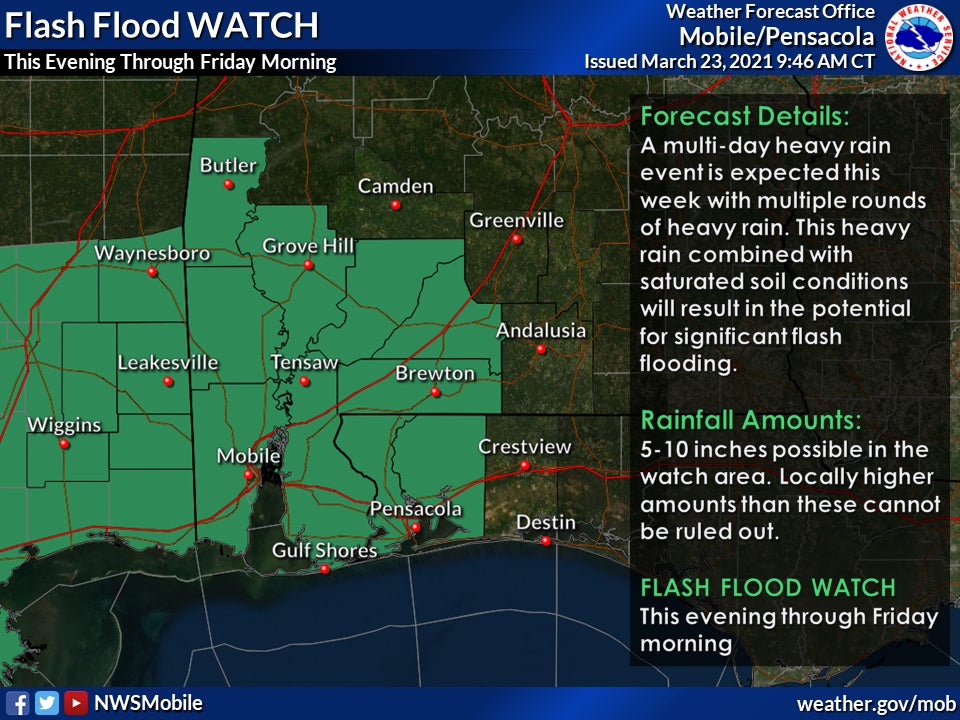Ag Experiment Unit tests garden, landscape plants
Published 6:26 am Monday, February 2, 2004
By By ANNA M. LEE Assistant Editor
In May, you can find about 1,000 rose bushes in bloom at the Brewton Agricultural Experiment Unit.
The ground cover and shrub roses are one of several projects at the unit to identify selections that are best suited to this area and to determine what growing methods work best.
Brewton's Agricultural Research Unit was established in 1929 on 80 acres of land to study the particular soil type in this area.
Its original intent was to study soil fertility for major row crops, but due to changing times and changes in the farming community, the experiment unit has become more focused on home gardening and landscaping, Akridge said.
The unit is one of 14 stations that make up the Alabama Agricultural Experiment Station, which was established in 1883 as part of the land grant system to serve as a research coordinator for scientists at Auburn University and Alabama A&M and Tuskegee universities.
Another plant being studied at the unit is the Indian Hawthorn. These shrubs, like those around the Message Center, are susceptible to a disease, entomosporium leaf spot, which prevents them from thriving.
Scientists are testing selections from all over the southeast and from California to study their disease resistance, growth habits and landscape appeal. This information can then be shared with landscape nurseries so they know which varieties have the fewest problems.
For three years, the unit has studied dogwoods, trying to increase vigor and survival, increase bloom and hold leaves longer in the fall.
Some of the dogwoods in the study have blooms up to four to six inches in diameter, and some bloom in colors other than the common white.
Research on the growth of peonies, large colorful blooming flowers, is now in its second year.
Because of the heat and humidity, they don't typically survive well in the south but researchers hope to identify one to three varieties that can be successfully grown here.
Twenty of the selections they are testing came directly from China in an area at the same latitude as Brewton.
Other flowers being tested at the site include marigolds, zinnia, pansies and hydrangea.
Blueberry and strawberries are also studied, along with vegetables such as hot peppers, bell peppers, tomatoes, heirloom tomatoes, eggplant, summer and winter squash, lima bean, southern pea, pumpkin and leafy greens.
Researchers try to identify new selections and cultivars with superior disease and insect resistance to reduce the use of pesticides.
Another area of interest is organic disease control.
In the summer, the public has several opportunities to visit the unit during its most fruitful times. The Alabama Agricultural Experiment Station sponsors Field Days, when local gardeners can visit to learn about projects at the unit, and they often host tours for garden clubs and church groups.




